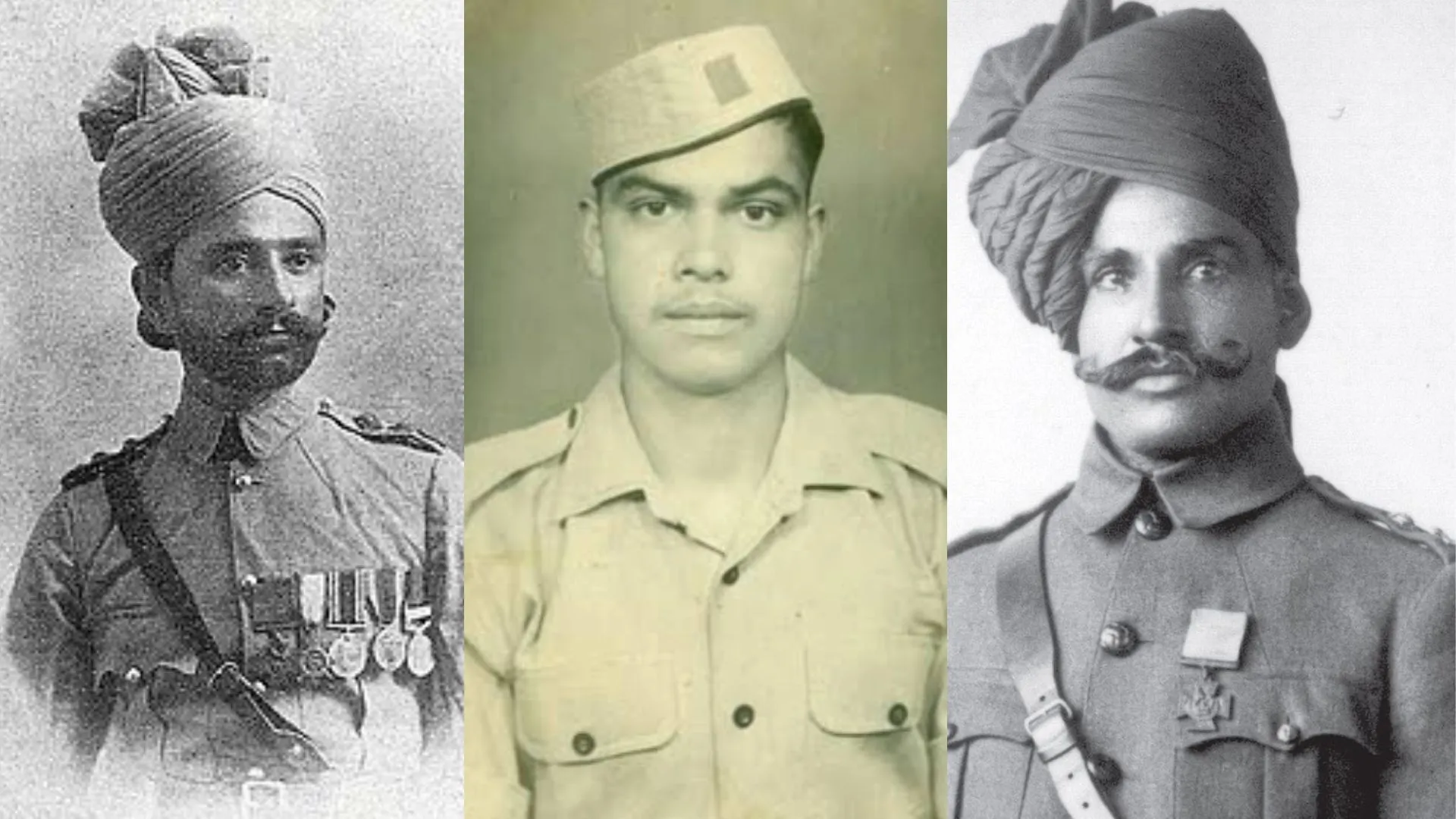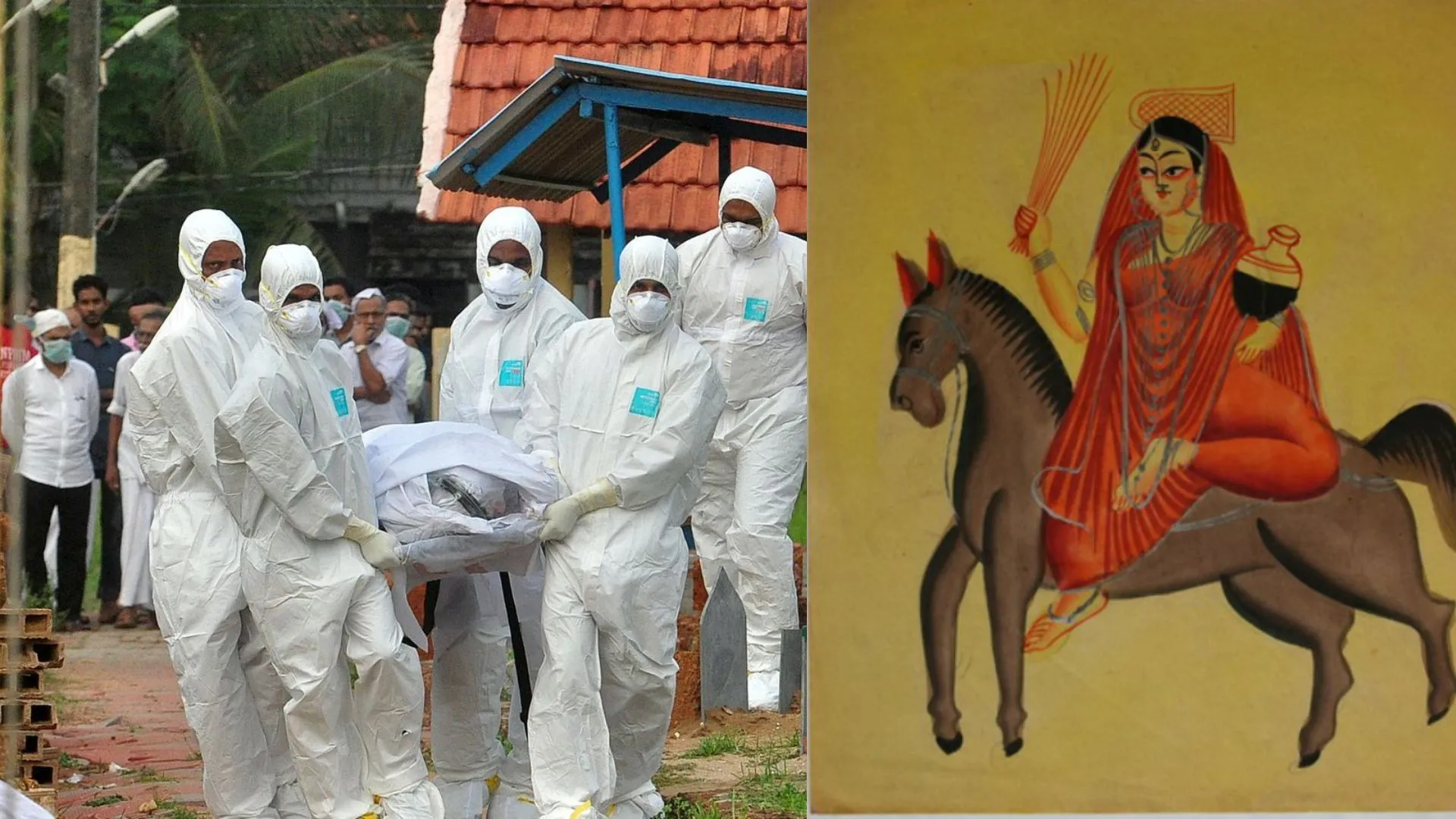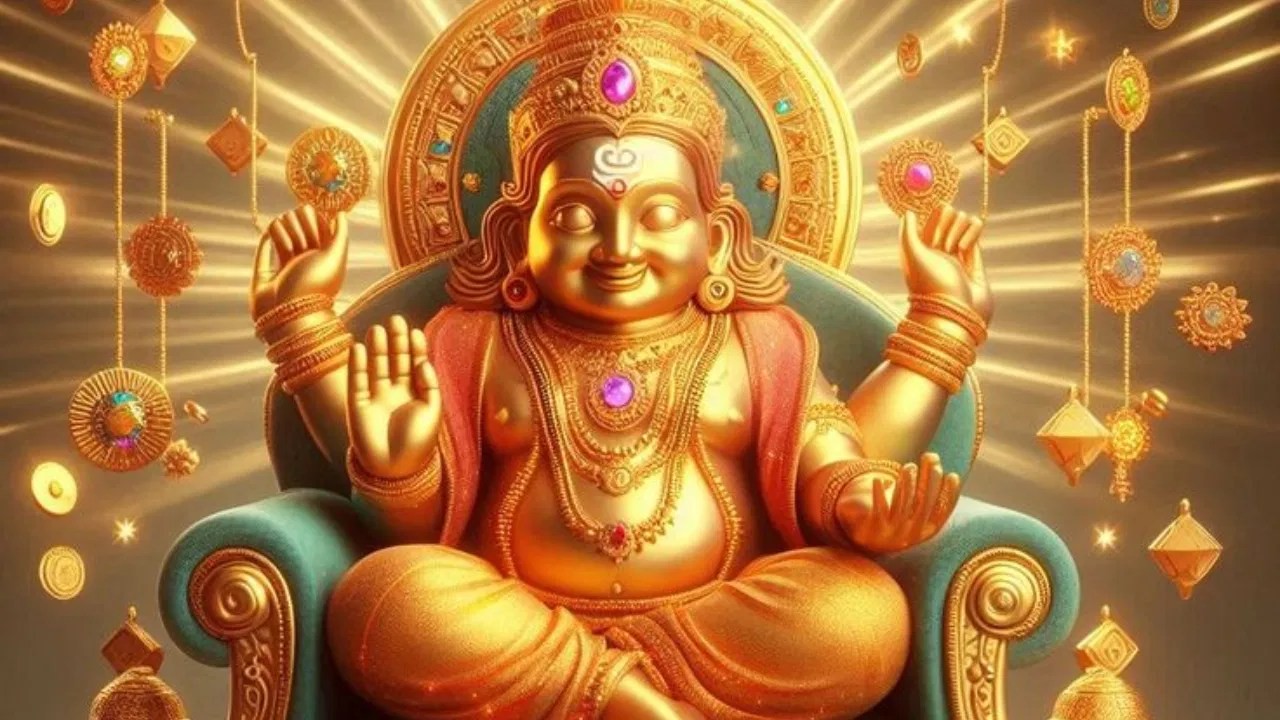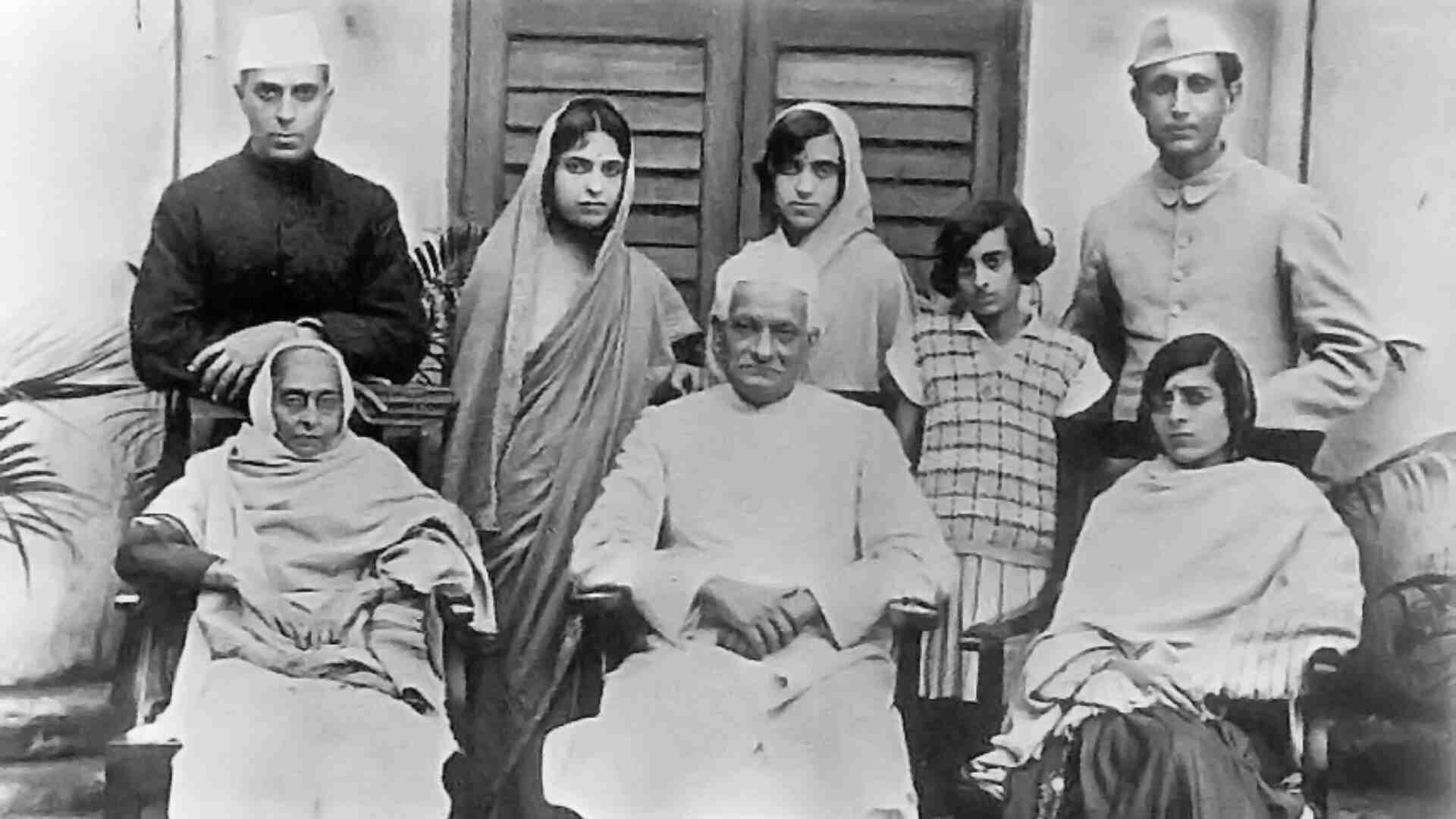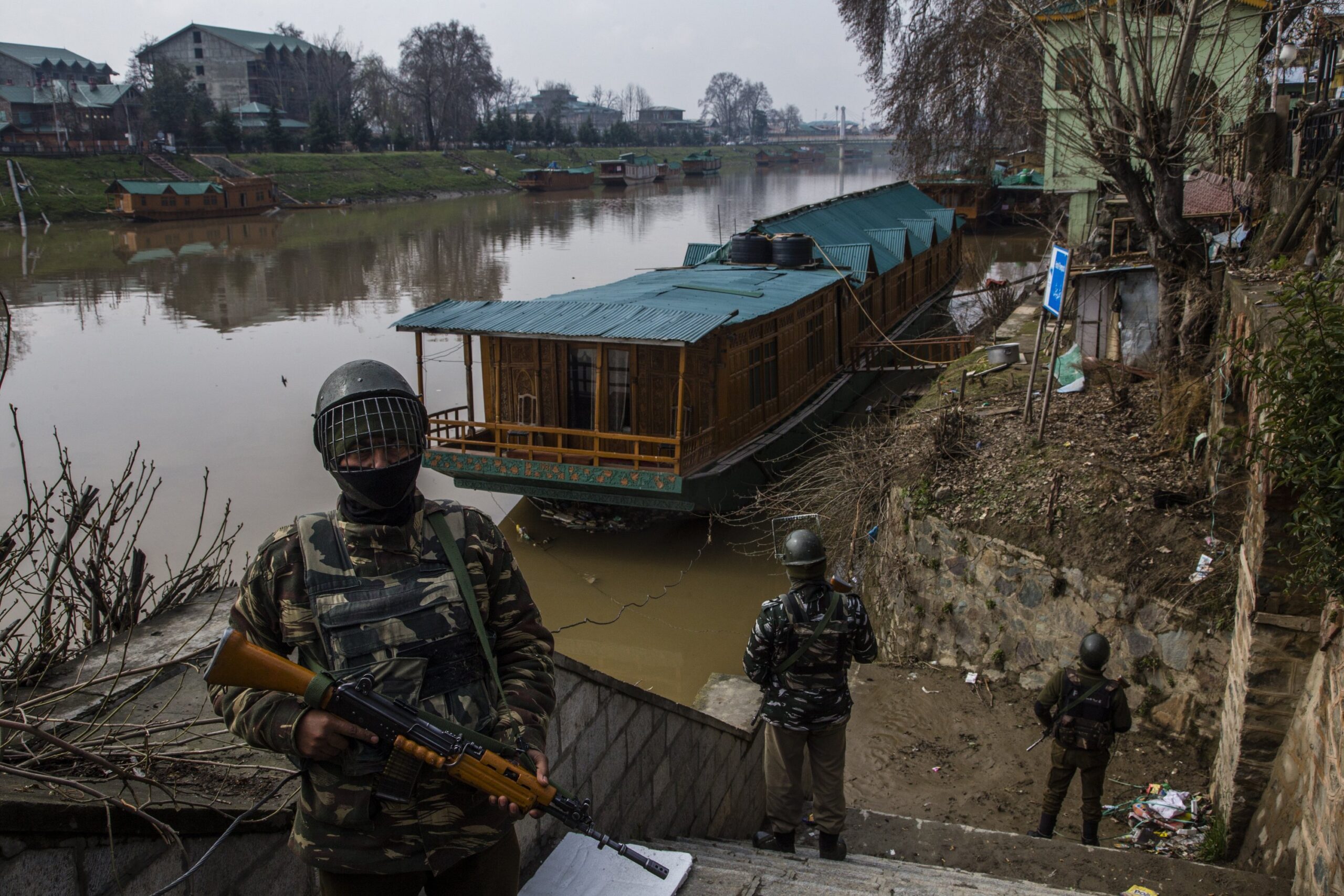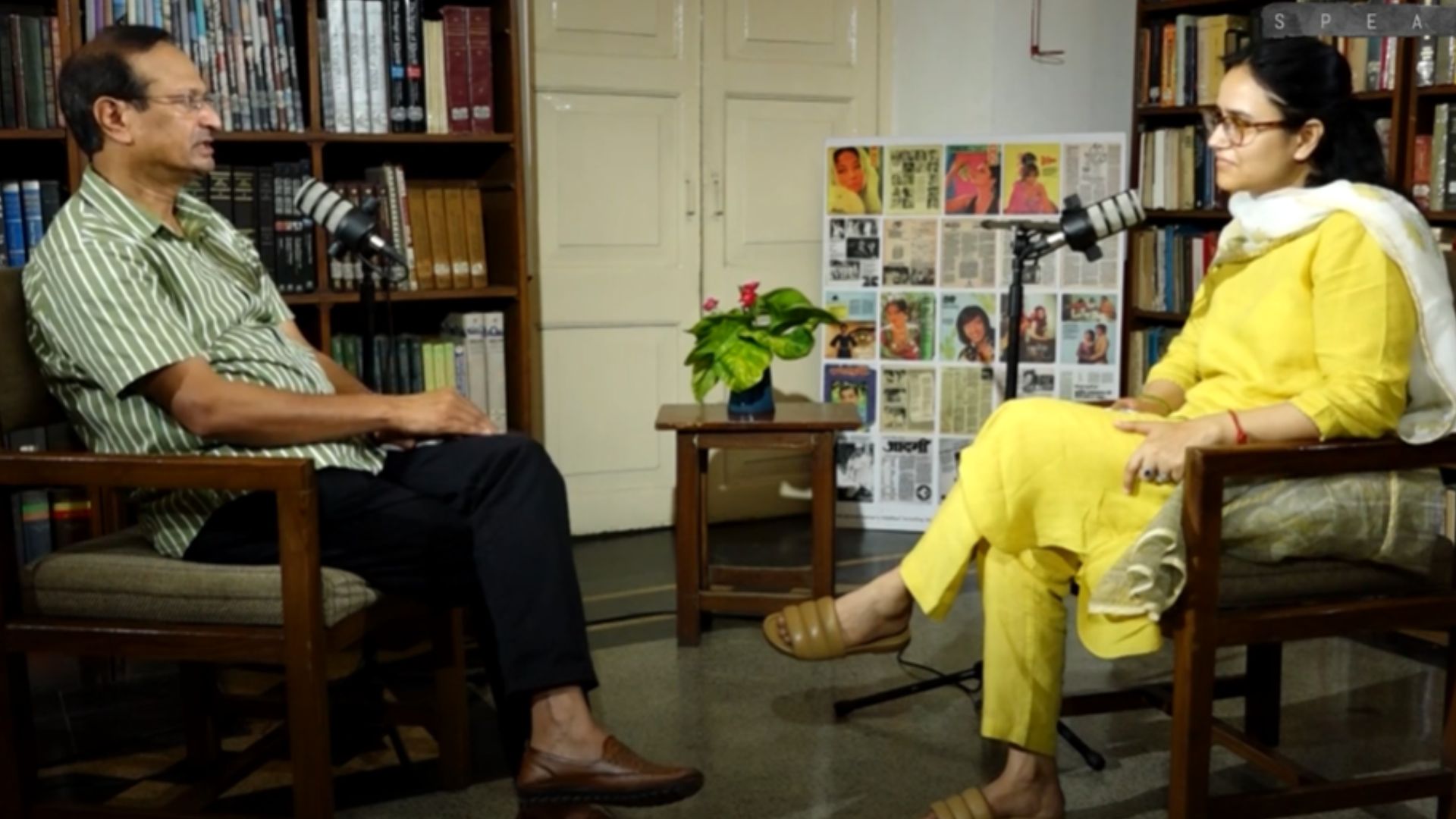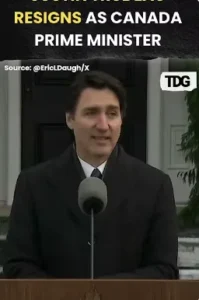The Prime Minister’s Office (PMO) of India has grown from a modest secretarial unit at independence into the nerve center of national governance. Established in 1947 as the Prime Minister’s Secretariat (PMS), it was initially a low-profile office intended to assist the Prime Minister with routine administrative support. Over the decades, the PMO’s structure, authority, and influence have expanded significantly, shaped by the leadership style of each Prime Minister and the political context of their tenure. This report provides a narrative history of the PMO’s institutional development from 1947 to the present, highlights key milestones in its evolution, and analyzes how its role has changed under various Prime Ministers. It also spotlights two key advisers—P. N. Haksar and Brajesh Mishra—who played pivotal roles in redefining the PMO’s trajectory. Finally, it examines the changing nature of the PMO’s influence in governance and its relationship with other institutions like the Cabinet Secretariat and ministries. The Prime Minister’s Office is located in the iconic South Block of the Secretariat Building in New Delhi.
Over time, the PMO has become the administrative hub for the Prime Minister’s immediate staff and key advisors, reflecting its central place in Indian governance.
Origins and Early Years (1947–1964):
A Modest Secretariat In August 1947, with India’s independence, Prime Minister Jawaharlal Nehru set up the Prime Minister’s Secretariat (PMS) as his support office. Nehru’s PMS was intentionally low-profile – it was headed by a civil servant of joint secretary rank and focused mainly on providing personal secretarial assistance. Nehru preferred to govern through the traditional cabinet system, relying on strong ministers and the Cabinet Secretariat for policy coordination. His Principal Private Secretary, e.g. H. V. R. Iengar and later M. O. Mathai, wielded some influence but remained a step below top bureaucratic ranks. Nehru even allowed his private secretary to attend Cabinet meetings – an unusual move at the time – but generally maintained the norm that major decisions were taken collectively by Cabinet ministers, with the Prime Minister acting as a coordinator. In essence, during Nehru’s 17-year tenure, the PMS did not yet emerge as an independent power center; it functioned as a secretarial unit while the Cabinet Secretariat (headed by the Cabinet Secretary) continued to coordinate inter-ministerial matters and implement cabinet decisions. However, by the early 1960s, circumstances began to change. The demands of governance had grown, and Nehru himself faced health issues in his final years. After Nehru’s death in May 1964, his successor Lal Bahadur Shastri immediately saw the need to strengthen the Prime Minister’s personal office. Shastri was a more diffident leader who felt the pressures of high office and lacked a large personal political base. Within a month of taking charge, in June 1964, Shastri institutionalized the PMS by giving it formal statutory status through an insertion in the Government of India (Allocation of Business) Rules. This seemingly minor administrative change had far-reaching consequences: it marked the elevation of the PMS’s role from merely clerical to a more authoritative coordinating office at the center of government.
Shifting Power: Shastri’s Reforms and Indira Gandhi’s PMO (1964–1977)
Shastri (1964–66) appointed L.K. Jha as Secretary to the PM—the first with Secretary rank—marking a pivotal shift. Jha became Shastri’s closest aide, advising on economy and foreign policy, including the Tashkent peace talks and speech drafts. His influence rivaled the Cabinet Secretariat, leading observers to say Shastri “permanently eroded the primacy” of the Cabinet Secretary. This created a parallel power channel in the PMO.
Indira Gandhi, succeeding Shastri, retained Jha but appointed P.N. Haksar in 1967. Haksar, sharing her socialist vision, became Principal Secretary in 1971 and centralized power in the PMS. He drove major policies like bank nationalization (1969) and strategy in the 1971 Bangladesh war. PMS was called “a super agency that dictated [to] different ministries,” running a parallel government. Ministers lost autonomy, as policies were routed through the PMS. Critics accused Indira of personal rule through the PMS, undermining cabinet system and civil service neutrality.
Haksar believed Nehru lacked an apex mechanism to enforce PM’s vision. Under Indira, PMS coordinated with central ministries and states, maintained its own info channels, and kept dossiers on political opponents. By early 1970s, PMS eclipsed Cabinet Secretariat as administrative fulcrum. Post-Emergency, Morarji Desai’s Janata Govt. (1977–79) renamed PMS to PMO, cut its size, abolished the Principal Secretary post, and restored Cabinet Secretariat primacy. This was a short-lived corrective phase, but the strong PMO model was now well established.
Resurgence and Adaptation: Indira’s Return and the Rajiv Gandhi Era (1980–1989)
Indira’s 1980 return revived the PMO’s central role. She reappointed a Principal Secretary and used the PMO for policy direction and oversight. Her second-term Principal Secretary, P.C. Alexander, managed the PMO in a more bureaucratic style. Yet, the PMO oversaw major issues like public sector expansion, 1982 Asian Games, and Punjab security. Indira retained multiple advisors, shaping a robust PMO structure with secretaries, advisors, and political aides.
After Indira’s 1984 assassination, Rajiv Gandhi modernized the PMO to match his 21st-century vision. His PMO initiated national tech missions (e.g., telecom, literacy), with advisors like Sam Pitroda. The office had career bureaucrats like Gopi Arora and political aides. In 1985, Sarla Grewal became India’s first woman Principal Secretary. The PMO coordinated on major issues like the 1987 Sri Lanka peace accord and Punjab negotiations.
However, scandals like Bofors led Rajiv to reshuffle aides (e.g., Gopi Arora ousted in 1987), relying more on political advisors. B.G. Deshmukh noted a recurring issue: “ministers and the non-civil servants (advisors) in the PMO” often encroached on ministry powers, while bureaucrats remained professional. By 1989, the PMO was firmly a central power node, though needing recalibration for the evolving political landscape.
PMO in the Coalition Era (1989–1998): Diminished Authority, Shared Power
From 1989 to 1998, India saw a succession of coalition and minority governments, which reduced the PMO’s assertiveness. Prime Ministers like V.P. Singh, Chandra Shekhar, Deve Gowda, and Gujral relied on consensus and compromise, limiting the PMO to a coordinating role rather than a policymaking hub. Even during P.V. Narasimha Rao’s tenure (1991–96), though reforms were introduced, the PMO functioned behind the scenes, with key decisions (like economic liberalization) driven by ministries. Rao preferred decentralized advice over a powerful inner circle.
The Cabinet Secretariat and ministers enjoyed more autonomy, and the PMO’s influence depended on the Prime Minister’s personal authority. While its structure remained intact, the PMO’s clout was muted, awaiting revival under stronger leadership.
The Vajpayee Era (1998–2004): Professionalization and Expansion of Scope
Atal Bihari Vajpayee’s tenure as Prime Minister from 1998 reinvigorated and expanded the PMO. Despite leading a coalition, Vajpayee’s stature gave him significant control. The PMO gained authority and professionalized, especially in national security, under Principal Secretary Brajesh Mishra, a former diplomat who also became India’s first National Security Advisor in 1998. Holding both posts, Mishra was Vajpayee’s chief coordinator and troubleshooter, often seen as the de facto head of government in key areas due to Vajpayee’s delegatory style. The PMO under them became central to foreign affairs and defense, with Mishra playing a key role in the secretive Pokhran-II nuclear tests, India’s diplomatic outreach post-tests, the 1999 Lahore peace process, and the Kargil War response. The office’s capacity grew with new advisory roles and mechanisms like the National Security Council, embedding strategic planning in the PMO. Mishra brought strategic experts like K. Subrahmanyam and ensured direct PMO access to intelligence and defense planning. His diplomatic experience meant the PMO began asserting itself in external affairs, occasionally causing turf tensions with the External Affairs Ministry. Specialists like N. K. Singh (economic affairs) and Ashok Tandon (media advisor) added to a corporate-style PMO with formal protocols. Mishra’s influence often surpassed Cabinet Ministers, yet Vajpayee maintained a collegial Cabinet, respecting coalition dynamics. By 2004, the PMO had firmly established itself as a central player in domestic administration and foreign/security policy. Mishra’s powerful tenure earned him the title “arguably India’s most powerful principal secretary.”
UPA Years (2004–2014): Dual Power and a Restrained PMO
During the UPA rule (2004–2014), Prime Minister Manmohan Singh led a consensus-based government with limited personal authority, while Congress President Sonia Gandhi, though outside government, held significant influence via the National Advisory Council (NAC). This dual power structure meant the PMO played a coordinating role rather than being the central driver of policy. Key decisions were often made through Group of Ministers, with the NAC shaping major welfare schemes like MNREGA and RTI. The PMO focused on implementation and strategic issues, notably during the India-US nuclear deal and the 2008 Mumbai attacks. Although Singh’s PMO oversaw core functions, real power often rested with the party leadership, creating what was termed a “remote control” model of governance. The PMO remained functional but lacked dominant political clout.
The Modi Era (2014–Present): Centralized Power and an Assertive PMO
Since 2014, Prime Minister Narendra Modi has transformed the PMO into the most powerful center of governance, marking a sharp shift toward centralization. With a strong electoral mandate, Modi reduced reliance on cabinet committees, bringing all key decisions under PMO control. Ministries must align with the PMO’s directives, and flagship initiatives like Swachh Bharat and Make in India are monitored directly by the PMO.


